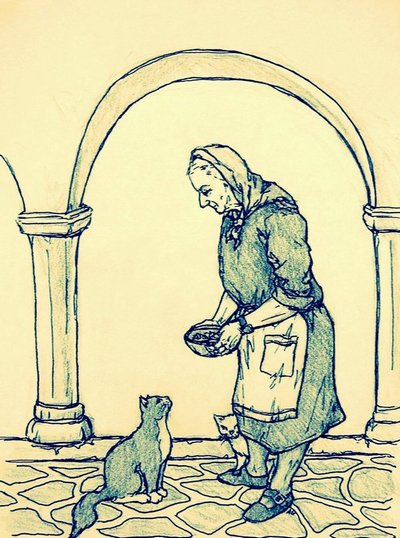May 6, 2010
Adult mortality trends reveal massive rise in global inequalities
The most comprehensive assessment to date of global adult mortality appears today, April 30, in The Lancet . The study, “Worldwide mortality in men and women aged 15-59 years from 1970 to 2010: a systematic analysis.” shows that across countries, inequality in adult mortality has grown to the point where adult men in Swaziland — the country with the worst mortality rate — now have a probability of premature death that is nine times the mortality rate of the best country, Cyprus. The rates of mortality in southern Africa are now higher than mortality rates were in Sweden in 1751.
The research also shows that the United States has fallen significantly behind other countries in reducing deaths. In 1990, the United States ranked 34th in the world in female mortality and 41st in male mortality, but by 2010, it had dropped in the rankings to 49th for women and 45th for men. This puts it behind all of Western Europe and lower-income countries such as Chile, Tunisia, and Albania.
“With adult mortality, we are seeing this massive spread between the best and the worst off , unlike what we have seen with maternal mortality and what we are seeing with children, both of which have seen major progress since 1970,” said Dr. Christopher Murray, UW professor of global health and director of the Institute for Health Metrics and Evaluation at the UW.
Using new methods developed by IHME, researchers generated estimates for 187 countries of the probability that an individual who has just turned 15 will die a premature death before reaching age 60 (termed 45q15).
The researchers point to a range of factors for the widening disparities. AIDS sharply reversed positive trends in mortality in the 1990s in Africa. Increased incomes in some countries appear to be increasing the prevalence of risk factors for disease, such as high blood pressure and obesity. Smoking also continues to play a large role throughout the world.
Women overall have seen their health improve more than men have. In the 40 years between 1970 and 2010, adult mortality fell by 34 percent in women and 19 percent in men globally. The gap between adult male and female mortality widened by 27 percent in that period.
“We have had these estimates for child mortality for two decades now that have been enormously influential in informing debates about priorities for child survival. But we have been remarkably ignorant around adult mortality,” said Dr. Alan Lopez, head of the School of Population Health at the University of Queensland and one of the paper’s co-authors. “We need to apply the same passion that surrounds keeping children alive to keeping young adults alive.”
Other key findings include:
- The lowest risk of death in adults was recorded in Iceland (men) and Cyprus (women).
- Mortality rates for men and women in 37 countries are higher in 2010 than they were in 1990.
- Eastern Europe has seen one of the largest public health reversals of modern times. Russia has fallen from a rank of 43rd place for female mortality in 1970 to 121st.
- Since 2005, sub-Saharan Africa has seen strong mortality declines, a possible result of efforts to prevent new HIV infections and to treat AIDS patients with antiretroviral drugs.
- South Asia, and India in particular, had among the highest female mortality in the world in 1970. Both the region and the country have seen major declines. In 2010, it is better to be a woman in India than it was to be a man in the US in 1997.
The list of countries with the lowest adult mortality has changed greatly. Only three — Sweden, the Netherlands, and Norway — remained in the top 10 for male mortality between 1970 and 2010.
Until now, adult mortality research has focused on a subset of the global population and has often relied on estimates derived from child mortality numbers. IHME calculated mortality rates using vital registration data, censuses, surveys on household deaths, and sibling survival histories.

